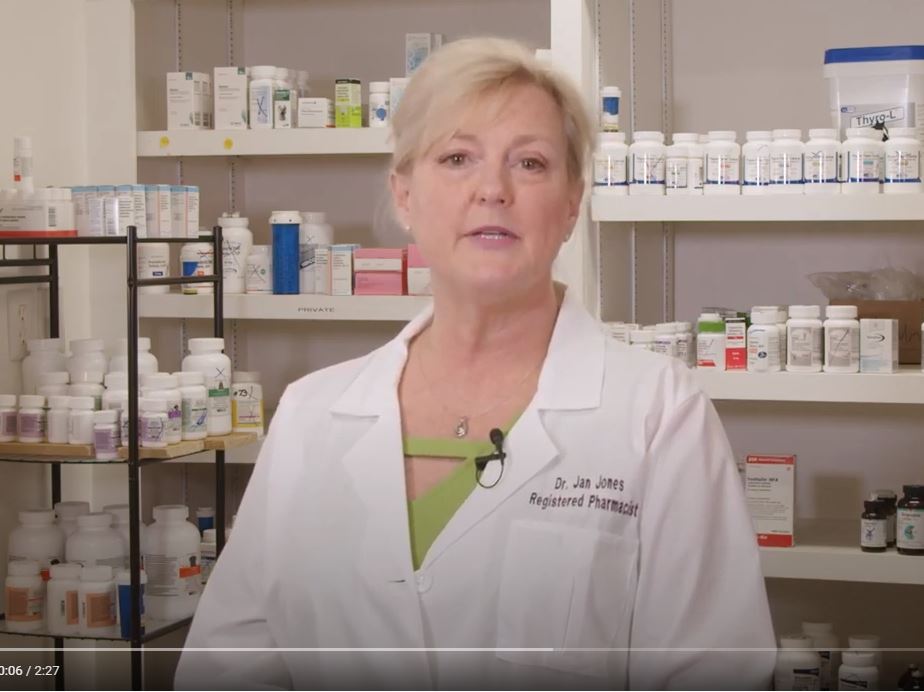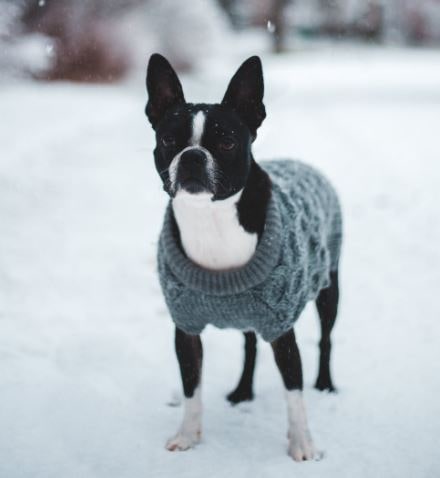5 Ways to Keep Pets Safe in the Cold Winter Months
As temperatures drop, we all try to keep warm. Well, guess what? Our pets do too! Even though many pets are covered in fur, they are not immune to the cold; in fact, pets shiver to show they are cold, just like people.
1.) Dress for the occasion: Some breeds, like Alaskan Malamutes, or Siberian Huskies have thick winter coats that help provide insulation from the cold. However, for some animals, clothing can help them stay warm in the winter, especially those that are small with little body mass, or those with short or thin fur. Sweaters and jackets made specifically for pets can be helpful, and some pets will also tolerate booties made specifically for their paws.
2.) Take it inside: Provide pets shelter from wet, drafty and cold weather. The shelter doesn’t have to be fancy, just provide a barricade from the worst of winter while the pet is outside. Low temperatures combined with wind chill makes your dog even colder than the temperature recorded. When he gets cold or wet, his body temperature drops, internal organs can shut down and your dog can be at risk of dying even though temperatures are above freezing. Access to an insulated doghouse, garage or shed when temperatures drop below 45 degrees Fahrenheit helps keep your dog warm. Dogs accustomed to indoor living or temperate climates should not be left outside in freezing temperatures.
For those neighborhood cats who might be lost or stuck outside, building an outdoor, insulated cat box is a nice way to keep them safe, warm and secure. Simple instructions on how to make outdoor cat boxes, like those found at the American Humane Society website, allow you to protect neighborhood furry friends at a low cost. Follow this link to find instructions:
http://www.humanesociety.org/news/magazines/2010/07-08/simple_shelter_design.html?credit=web_id383254710
3.) Let it grow: A pet’s fur may need to be kept longer and thicker during the winter months. Do not let pets outside after bathing them until the animal is completely dry. Pay attention to a pet’s feet to look out for cracks and cuts on the paw pads. Also, if you use salt on your driveways and sidewalks, I recommend a brand that is friendly to pets.
4.) Look out for winter illnesses and injuries: Frostbite, respiratory infections and consumption of toxic substances (such as de-icer and melting salt) are all dangers pets are susceptible to in the winter. If you notice your dog isn’t behaving normally or appears to be in pain, you should seek veterinary care immediately.
We often use salt on our driveways and sidewalk to make them safer. This type of salt, however, is dangerous and toxic to pets. Animal-friendly de-icers and ice melters are available and are recommended if you have a pet that frequents the area it has been used.
Running out of car fluids like antifreeze or windshield washer fluid is common during the winter months. These chemicals, especially antifreeze, are potentially deadly to animals, according to the American Humane Society. And, to make matters worse, dogs often like the taste of antifreeze! Be sure to remind your clients to keep their pets out of the garage or away from these chemicals at all times to keep them safe.
5.) Keep them active: Dogs and some cats can get “cabin fever” too! Pets who are used to running around outside when it is warm outside might need to get more of their activity inside. Hide toys or treats for your pet to find around your house, play a modified game of catch, or have them walk or run up and down stairs. Read Dr. Barry's previous blog on Pet Boredom Busters by following this link:
https://vetapprovedrx.pharmacy/blog/cat/behavior/post/boredom-play-safety/
Treat dispensing toys like Kongs are great tools for burning off some restless energy. Be sure to spend some time exercising their brains too; brush up on basic training or try teaching some new tricks. When exercising outside, make sure to pay attention to any signals that they may be getting too cold and make sure they have plenty of water to recover. While your time outside may have to be shorter, it can still be fun!
To Your Pet’s Good Health,
Dr. Barry
Sources:
http://www.wikihow.com/Keep-Dogs-Warm-in-the-Winterhttp://www.humanesociety.org/animals/resources/tips/antifreeze.html
http://dogcare.dailypuppy.com/undercoat-dog-3257.html
http://www.dailypuppy.com/articles/how-to-keep-your-outside-dog-warm-in-the-winter_1333.html
http://www.humanesociety.org/news/magazines/2010/07-08/simple_shelter_design.html?credit=web_id383254710







